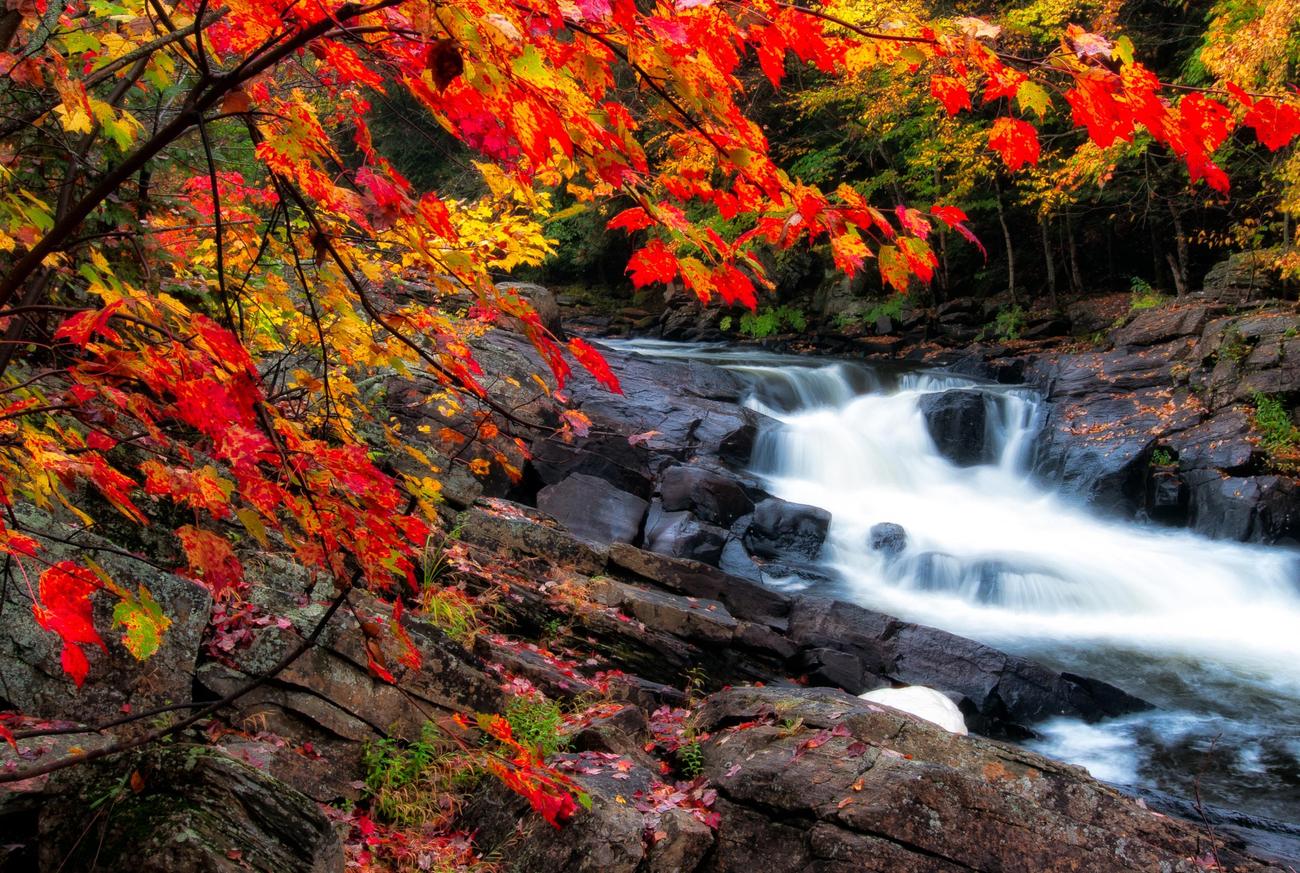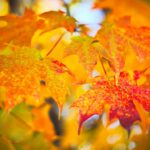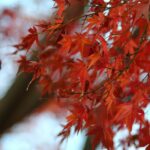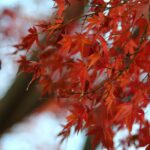Discover the Maple Majesty: Which Country is Famous for Maple Trees?
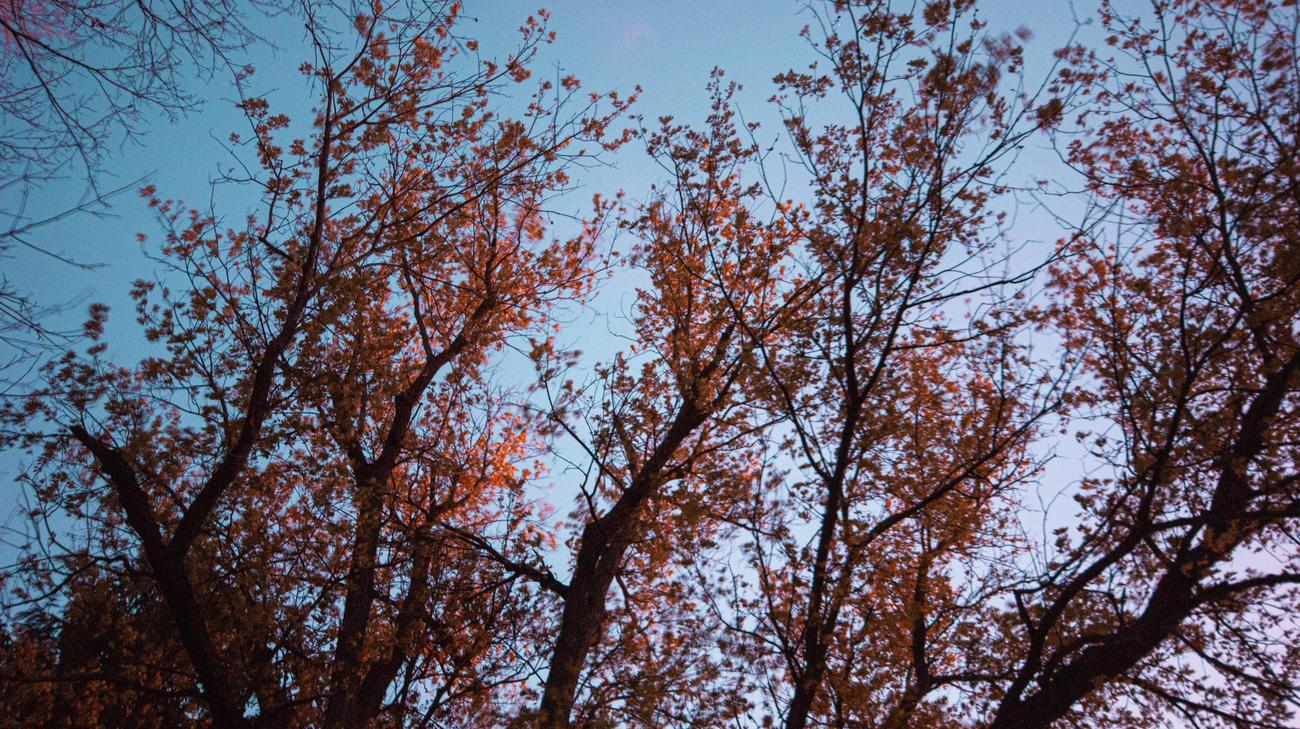
As nature’s grand artist, the maple tree has captured the hearts of many with its resplendent beauty and timeless elegance. With its vibrant autumn hues and iconic leaf shape, this majestic specimen has become synonymous with the natural splendor of certain regions. A question that often arises in the minds of tree enthusiasts and curious wanderers alike is, “Which country can be credited with being the birthplace of these enchanting maple trees?” After delving deep into the realm of botanical research and exploring the annals of maple tree history, we uncover the answer, tracing the maple’s roots to a country renowned for its unrivaled contribution to maple production and syrup refinement. Prepare to embark on a captivating journey as we unravel the tale of this fascinating country and its unique relationship with the maple majesty.
Which Country is Famous for Maple Trees?
Maple trees, with their vibrant autumn foliage and cultural significance, have captured the hearts of many nature enthusiasts and tree lovers. When it comes to the question of which country is famous for maple trees, one cannot overlook the undeniable association with Canada. This vast country is renowned for its breathtaking maple forests and is often referred to as the land of the maple leaf.
Canada showcases its maple pride through its national flag, featuring the iconic maple leaf. But what makes Canada so special when it comes to maple trees? The answer lies in the sheer abundance and variety of maple species that thrive in this majestic country. With over 13 varieties of maple trees, including the widely popular sugar maple (Acer saccharum), Canada boasts an impressive maple heritage.
The sugar maple, in particular, is an emblematic tree in Canada, known for its exceptional production of maple syrup. Its sap is extracted and carefully processed to create the beloved and globally recognized maple syrup. The maple syrup production in Canada is a rich tradition deeply ingrained in the country’s history and culture.
While it is true that maple trees can also be found in other countries, such as the United States, Mexico, Honduras, and Guatemala, it is undeniable that Canada holds a special place in the maple kingdom. The country’s vast landscapes, rich soil, and cool climate provide ideal conditions for the growth and thriving of maple trees.
But maple trees are not limited to North America alone. Across the Northern Hemisphere, Japanese maples, belonging to the same family as their Canadian counterparts, grace gardens and landscapes with their vibrant foliage and iconic leaf shapes. These maples add to the global recognition and appreciation of these magnificent trees.
In many regions, maple trees are celebrated for their ornamental beauty, fast growth, and ease of transplanting. Their stunning fall colors bring joy and awe to many nature enthusiasts. Moreover, maple trees hold cultural significance and play an important role in the landscape of various countries, symbolizing growth, resilience, and natural beauty.
To summarize this maple exploration, while maple trees can be found in different parts of the world, Canada has emerged as the epitome of maple majesty. The country’s abundance of maple trees, its dedication to maple syrup production, and its cultural embrace of the maple leaf make Canada the undisputed champion in the realm of maple trees.
As you delve into the world of maple trees, allow yourself to be captivated by their grandeur, whether you find yourself surrounded by the maple forests of Canada or admiring the vibrant hues of Japanese maples in a distant land. For these majestic trees, wherever they may be, serve as a reminder of the beauty and wonder of the natural world.
Maple trees have long fascinated nature enthusiasts with their vibrant leaves and sweet syrup. But did you know there is so much more to discover about these majestic trees? Prepare to be amazed as you unravel the fun facts about maple trees. From the intriguing way they produce sap to their incredible lifespan, there’s a world of knowledge waiting for you. So why not click here to embark on a fascinating journey into the world of maple trees? You’ll unearth captivating details about their growth patterns, environmental significance, and so much more. Don’t miss out on this opportunity to become an expert on all things maple-related. What are you waiting for? Let’s dive in and explore the captivating world of maple trees!
The Fascinating Origin of Canadian Maple Syrup
[youtube v=”qn3Wkh_Cjkw”]
How a Chance Encounter Led to a Beloved Delicacy
Legend has it that the discovery of maple syrup can be attributed to the resourcefulness of the First Nations people in Canada. One day, they observed a squirrel sipping sap from a maple tree, sparking their curiosity to try it themselves. Little did they know that this simple act would lead to the creation of a beloved delicacy that the whole world now enjoys.
A Love Affair with Maple Trees
Even renowned explorers like Jacques Cartier couldn’t resist the allure of the sugar maple tree. In 1557, Cartier was so enamored by its beauty that he documented his fascination with it. Over time, the First Nations people and Europeans collaborated, exchanging ideas on various ways to prepare and enjoy maple sap.
Innovations in Syrup Making
As time passed, innovations in syrup production gradually emerged. The arrival of iron pots from France in the 19th century revolutionized the process, enabling the creation of maple sugar. However, it wasn’t until the late 1800s when the small brothers invented the evaporator, replacing pots and making the syrup-making process even more efficient.
A Delectable Tradition
The mid-19th century marked the beginning of sugar shacks and the tradition of sugar parties in Canada. These gatherings were a celebration of the maple syrup harvest and a joyful occasion for communities to come together. As technology evolved, the invention of canned maple syrup in the 1920s ensured its longevity, replacing maple sugar as the preferred sweetener.
Quebec: The World’s Maple Syrup Hub
Today, Quebec proudly leads the world in maple syrup production. With over 11,300 maple producers, the province contributes a staggering 72 percent of the global maple product market. Quebec’s dedication to maple syrup extends beyond the traditional syrup itself, with a diverse range of maple-based products such as butter, sugar, spirits, and specialty items.
Maple Syrup’s International Reach
Quebec’s mastery in maple syrup production has not gone unnoticed. More than 60 countries around the world eagerly import and savor Quebec’s maple products. From the Americas to Europe and beyond, the appeal of Canadian maple syrup knows no bounds. Its unique flavor and versatility have made it a staple in pantries worldwide.
“The discovery of maple syrup by the resourceful First Nations people paved the way for a rich culinary tradition that continues to captivate taste buds globally.”
In conclusion, the history of maple syrup is a testament to the ingenuity and cultural significance of the First Nations people. From humble beginnings to becoming a global culinary sensation, maple syrup holds a special place not only in Canada but also in the hearts of people around the world. Its story is a testament to the power of nature’s gifts and the delicious traditions they inspire.
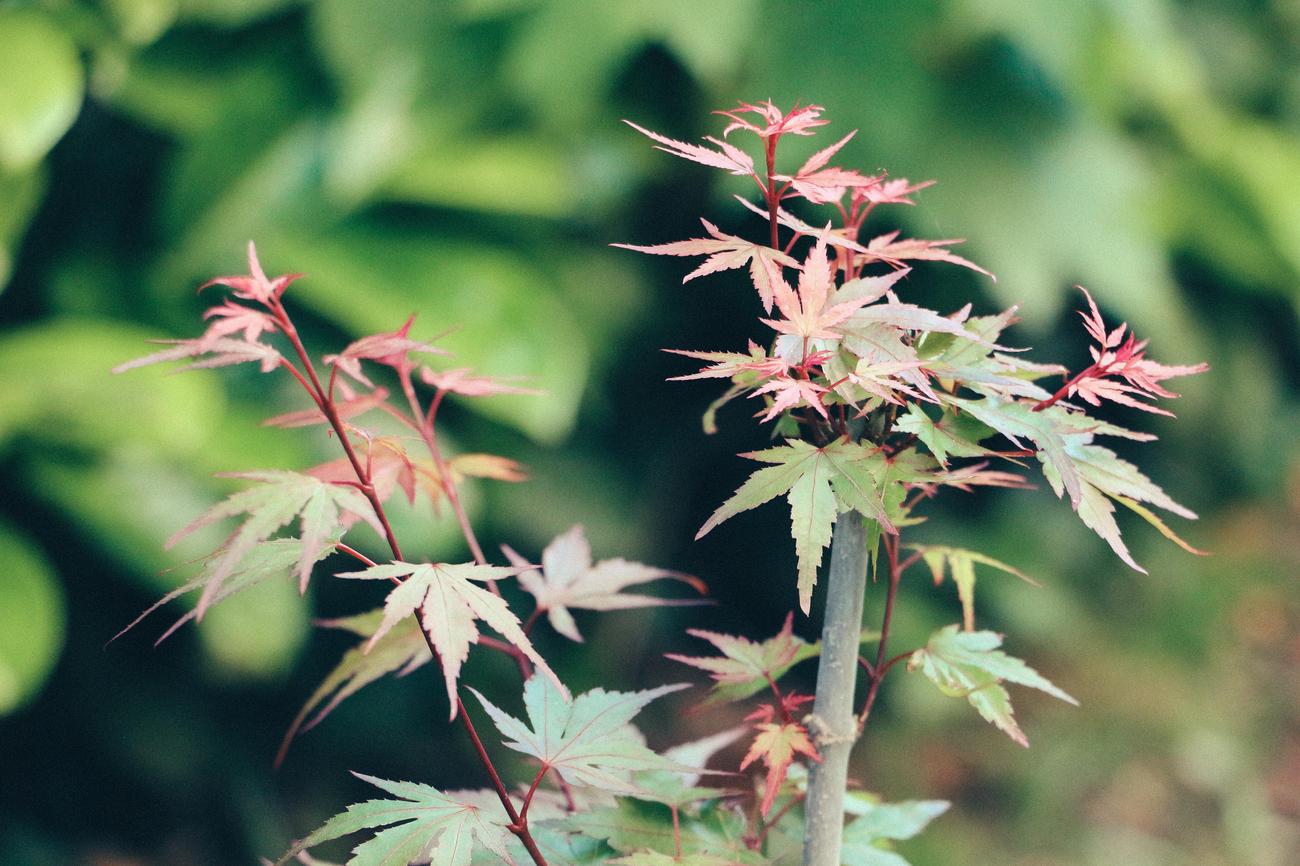
FAQ
Question 1
What country is famous for maple trees?
Answer 1
Canada is famous for maple trees. With more than 13 varieties of maple trees and vast maple forests, it is known as the land of the maple leaf.
Question 2
Why are maple trees associated with Canada?
Answer 2
Maple trees are associated with Canada because they are widely abundant in the country. The maple leaf has been a symbol of Canada for centuries and is even featured on the Canadian flag.
Question 3
What is the most popular maple tree in Canada?
Answer 3
The sugar maple, scientifically known as Acer saccharum, is the most popular maple tree in Canada. It is renowned for its production of maple syrup.
Question 4
Can maple trees be found in countries other than Canada?
Answer 4
Yes, maple trees can also be found in other countries such as the United States, Mexico, Honduras, and Guatemala. However, Canada is particularly renowned for its maple trees.
Question 5
Are maple trees planted as ornamental trees?
Answer 5
Yes, maple trees are widely planted as ornamental trees due to their vibrant fall colors, fast growth, and ease of transplanting. They add beauty and aesthetic value to landscapes.
- Georgia Platform: A Southern Strategy, 1850s - March 31, 2025
- How many weeks is 40 days: Quick Conversion Guide for Accurate Results - March 31, 2025
- How many feet is 300 meters? 984 Feet: Understand Length Conversions Easily - March 31, 2025
